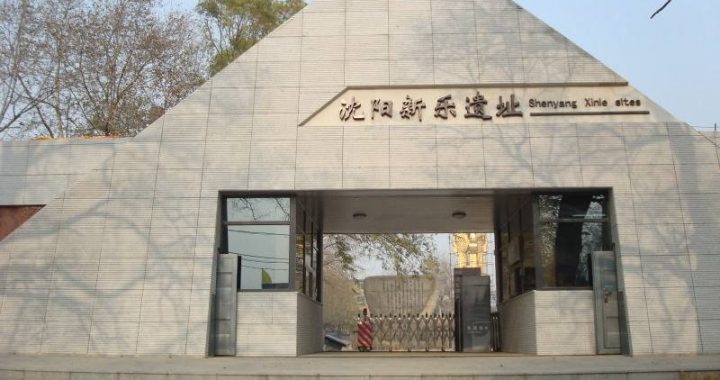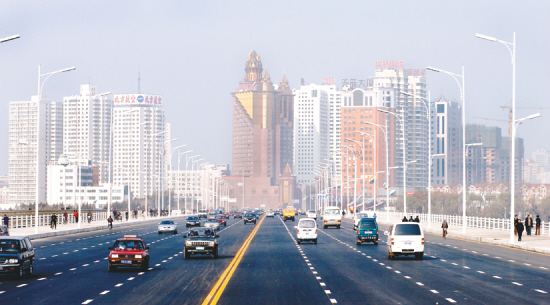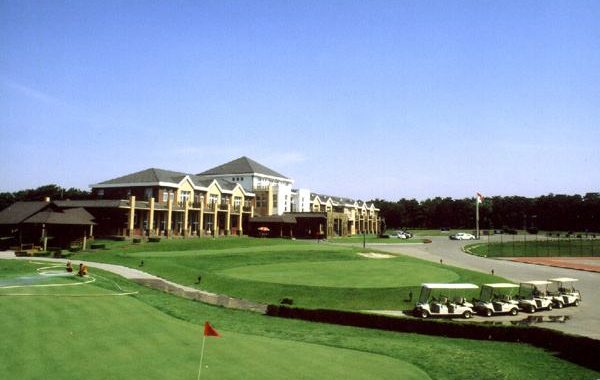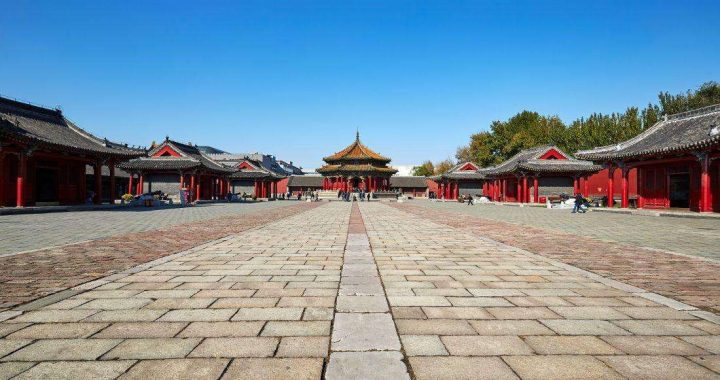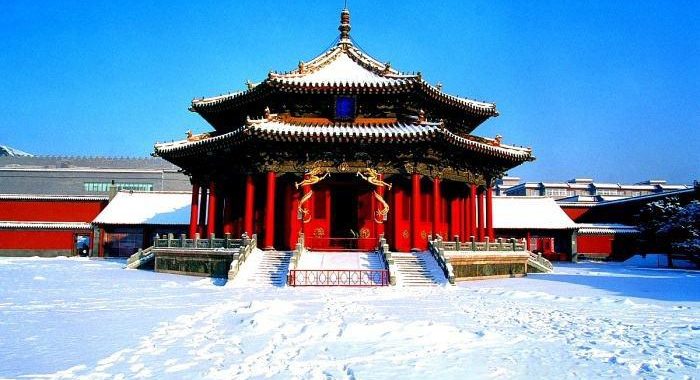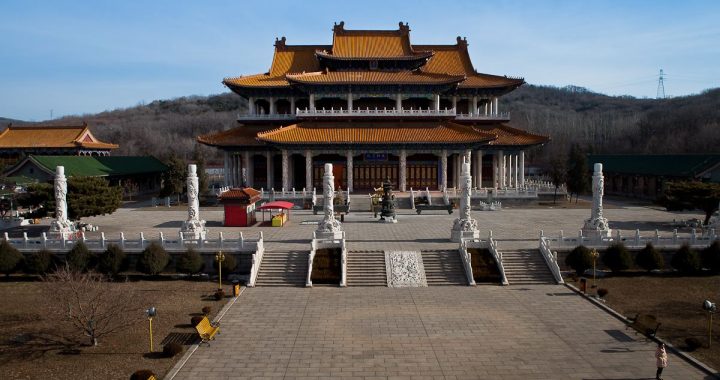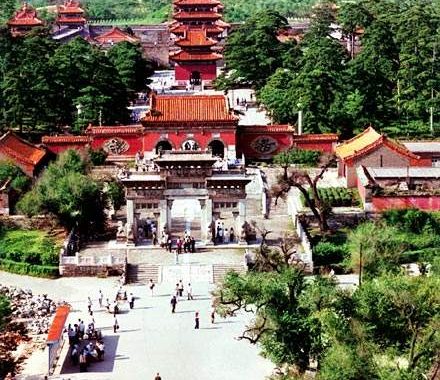Eating Like an Emperor
9 min readWhen you reach a certain financial point in life, the high point to be specific, the food gets better, looks betters, and is presented better. This is not to detract from the simple pleasures of locally grown vegetables plucked fresh from the vine or unique dishes prepared by a little old lady who has been making their homemade fare the same way for what seems like an eternity. But as luxury is a focus of what this book is about, the idea of imperial dining is important to introduce.
Imperial dining, the idea of dining in the way of the emperors, is very much a part of the culinary scene in Liaoning and best put on display in Shenyang. While Beijing is the capital of the country and Shanghai competes with the capital as the modern cultural center, those looking to expand the pallet of dinners in China focus more on international and fusioncuisine in those two cities. Today you can find excellent French, Italian, German and even American fine dining establishments to compliment the already large numbers of Asian restaurants in both cities. However it is the traditional, ultra-high end, Chinese cuisine sampled at the many Man han quan xi, or Manchu Han Imperial Feast inspired restaurants in Shenyang that take you to a new level of Chinese luxury dining.
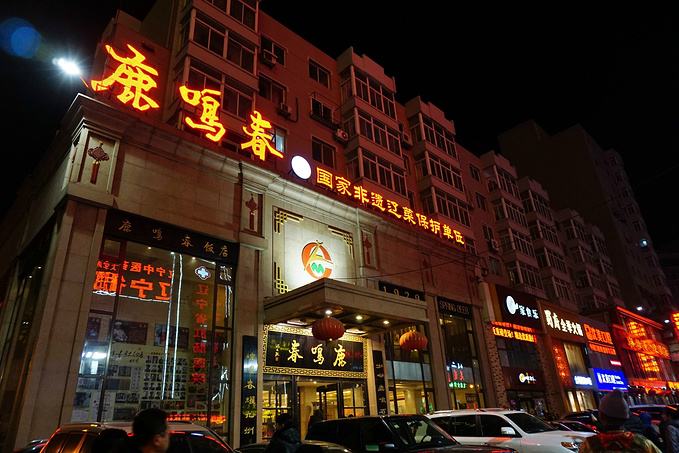
The origin of this feast is legendary. When the non-Han, Qing Dynasty Emperor Kangxi, a Manchu, ascended the throne as Emperor he had to quell the rising, to be polite, differences in culture between the new leaders and the old regime. As often is the case in many Chinese acts of diplomacy Emperor Kangxi held a banquet where dishes from all over China were served. Each region and culinary style was represented in a mammoth meal lasting over three days. The amount of dishes ran into the hundreds with the auspicious number of 108 being the minimum for later incarnations. The goal was to keep everyone happy by sharing the best of both cultures at this initial gastronomic overload. What was born was the Man han quan xi, or Manchu Han Imperial Feast.
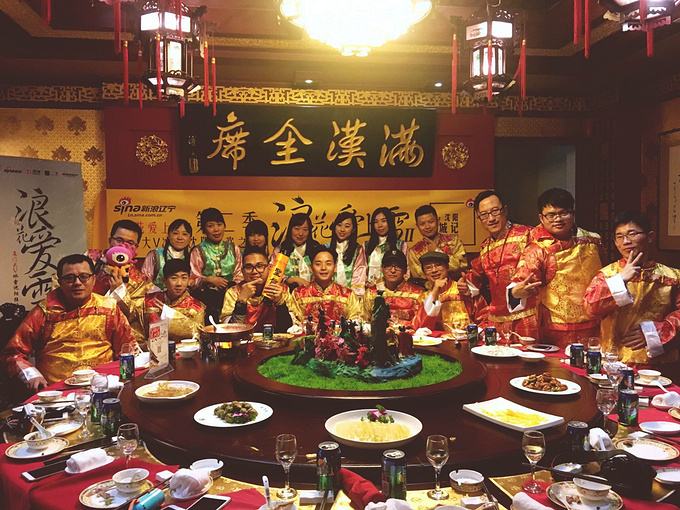
Today, many restaurants in Shenyang specialize in putting on these banquets and offering dishes either directly from the original menu or modern versions updated for today’s tastes and availability of ingredients. Many of the original dishes simply cannot be created today as the ingredients are too costly, too rare, or simply no longer exist. Tiger, bear, deer, all manner of fish and fowl made up the seemingly endless menu ingredients.
At the Luming Restaurant in Shenyang, one of the most famous in the city, deer is one of the main attractions and stars in many of its own Man han quan xi offerings. Luming when translated means Spring Deer, and deer in China as in medieval Europe was thought of as a royal meat to be enjoyed only by the most refined of eaters. The restaurant has hosted luminaries from Last Emperor Puyi and Chiang Kai-shek to modern China’s leaders of today with photos of these visiting dignitaries lining the walls of the restaurant. The deer tendon, the main delicacy, is expertly prepared to be tender and flavorful. Sea cucumber, delicate flower petals, and finely prepared meats sit alongside locally grown vegetables and fill the large rotating center of tables inside the large banquet rooms.
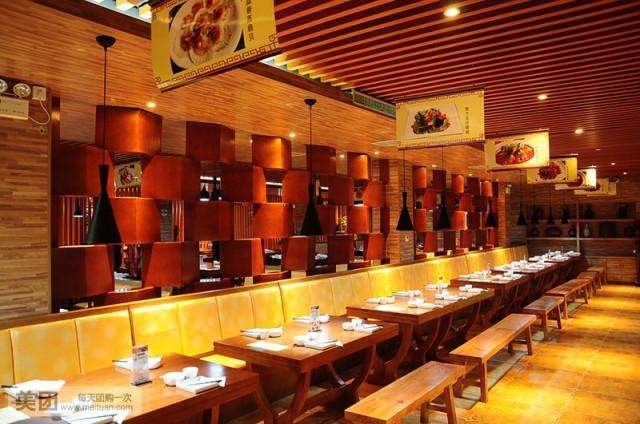
Luxurious cuts of meat are served throughout the courses of imperial banquets.
Ihad the chance to talk with several chefs about just how difficult and extraordinary the dishes from this imperial banquet can be. For anyone who has ever tried to make Chinese food, real Chinese food, the preparation can be daunting. Hours of selecting, trimming, slicing, chopping, all come to a head in a 4 5-second gauntlet-run of cooking while standingover a 20,000 BTU wok blasting in your face. And that is just to make a good order of stir-fried noodles. For the imperial banquets, days even weeks are needed to prepare the ingredients and assemble the dishes. One traditional soup made from the best dried seafood including abalone and sea cucumber can take as long as 10 days to prepare.
In the modern versions of the dishes on offer many are familiar to foodies and culinary tourists both in and outside of China. Papaya filled with bird’s nest soup, often found in Hong Kong and other Cantonese restaurants is on the menu. Peking duck, the capital’s namesake is served regularly. Chicken slow cooked in lotus leaves is an aromatic offering made famous in Hangzhou,a city famed for its large lake full of lotus. The menu for one of these banquets when it arrives to the table looks more like an expensive coffee table book of food photography than a menu where you just pick one dish from column a,b or c.
Trying to get the chefs to tell me about the dishes takes some serious prodding. Many ofthe dishes are very elaborate and have nothing in common with Western cuisine. Braising, stewing, quick frying then steaming, are techniques not often applied to the same ingredients in the kitchens of Europe or the US. Many of the dishes are more stories unto themselves as their combination of ingredients does nothing to influence the name.A popular soup of assorted seafood can be translated as “Buddhist monk jumped over a wall”.
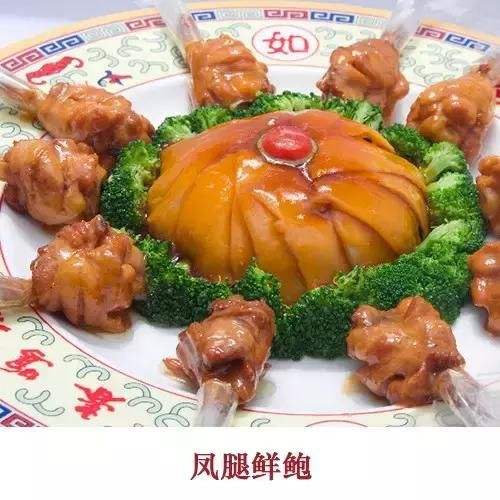
The idea being that the combination of abalone, chicken and other ingredients when prepared were so aromatic and hunger-inducing that the normally vegetarian monk was just too mesmerized that he had to scale a stone edifice to sample what was in the pot. There are many more like this that offer up stories and legends of friendship, harmony and visual play on words made from combinations of shrimp and chicken, pork and flat fish, pumpkins shaped to look like gold ingots and more. The Man han quan xi banquet is as much theater as it is about eating.
Chrysanthemum petals are a typical dish served at imperial banquets.
When a guest sits down to dine at a modern banquet a feeling of wealth and generosity should overwhelm Simple dishes of stir-fried greens take on new characteristics when given the imperial touch.
In keeping up with modern culinary conventions, many of the original ingredients have been omitted or replaced with other, imported selections. Many of the deer inspired dishes utilize game from New Zealand along with their beef and mutton products. One legendary and sought after dish that has remained on the menu but has been reborn through a bit of culinary razzle-dazzle is the bear paw entree.A true delicacy that is no longer available but highly sought after has forced modern chefs to come up with a solution to meet demand. The aforementioned bear appendage has been rebuilt out of prime cuts of pork, beef and chicken.
Pieces are actually assembled in the shape of a bear paw via a mold and prepared so as to give the texture, taste and luxuriousness of the dish for today’s diner.
Sitting down to a full Manchu Han Imperial Feast can run into the hundreds of thousands of yuan. Many restaurateurs and their hotels have prepared set menus with much more affordable options ranging from 800-3,000 yuan per person in attendance. The more affordable rates give regular diners a chance to sample dishes like abalone, bear paw and sea cucumber without breaking the bank.A Manchu Han Imperial Feast either officially held for dignitaries or under the guise of a business dinner is more than just a meal it is the height of luxury.
The term banquet gets thrown around a great deal when talking about dining in China.
In the West we think large dining halls filled with tuxedo clad waiters, fancy table cloths and dried out chicken-not something memorable or overly impressive.A Chinese banquet, which can be only as large as 5 or 6 people to well into the hundreds puts a great deal of emphasis on impressing the guest with a sense of generosity in the amount on offer and in the modern luxury world of today’s China that can include many things beyond the abundance of food.
The modern incarnation of bear paw use different types of meats to recreate this famous imperial dish.
In Liaoning several hotels and restaurants I visited are catering to those who want to impress and are bringing back the air of imperial life once tossed aside not so long ago. Gold has always played an important role in luxury and many of the private dining rooms are washed in this color or accented in gold-trimmed design elements. As it is said, to be rich is glorious. Imperial yellow dragons and phoenixes fill the motifs of wall paper, embroidery and paintings that line the walls of these rooms and halls. Of course, if there is a dragon he has 5 claws representing the emperor,a symbol that only the emperor or his most closely regarded could use. The designers know that when you are going to spend a lot of money you must take into account the ego of the guest and instill a sense of luxury and, if only as an illusion, it is still very important.
This luxury and attention to detail makes its way to the table as well. While we have talked about the food, the place settings deserve their due as well. Gold-handled chopsticks, fine bone china and high thread count linens can be found atop many banquet tables in Liaoning’s high-end establishments. Crystal drinking cups for both wine and Chinese alcohol sit above a full service of cutlery and place settings. Even hand written notes can be found in the ashtrays welcoming guests as they first sit down to dine. These little touches found in the many hotels, restaurants and other luxury dining establishments are meant to impress all in attendance.
What has also been developed in many of the high-end dining establishments is a strong sense of service. When you travel to China one of the first things that strike you while dining is that you as the diner do not tip the wait staff. Something that I still find amazing when I eat out at a restaurant in China. The trade off from not having to give an additional 15 percent is that the service is not of the highest quality-fair enough. But in the luxury restaurants, hotels and venues of Liaoning’s hot springs hotels and resorts service is of the utmost importance to both the guests and management alike. For guests good service is why you return to an establishment and for the management this is what sets you apart and garners return customers. Many of the Manchu Han Imperial Feast-styled restaurants know their guests require extra care and that the staff are excellently trained.I was actually surprised at many of the luxury restaurants I visited that the servers were more attentive to me and my dining than I was, taking dishes away without interrupting me, replacing utensils and knowing when to serve each dish at just the right time all with just a glance or nod of the head from the host.
Pickled cabbage is a staple food in Liaoning and is a common ingredient in many dishes.
For those really wanting to try the fare of the Manchu Han Imperial Feast it is worth the price of going to a fine establishment. The food prepared is very tasty and of high quality.
The theatrical element, and I do not mean jumping through hoops, but the high level of presentation makes the dining experience one to remember. More importantly, only with the restaurateurs in Shenyang and other locations in Liaoning will you be able to sample these dishes made with the freshest ingredients similar to those in the past.
Cucumbers can be grown without pesticides inside these hot house gardens in Liaoning.
Tomatoes are a popular and delicious example of the produce now grown in Liaoning.


